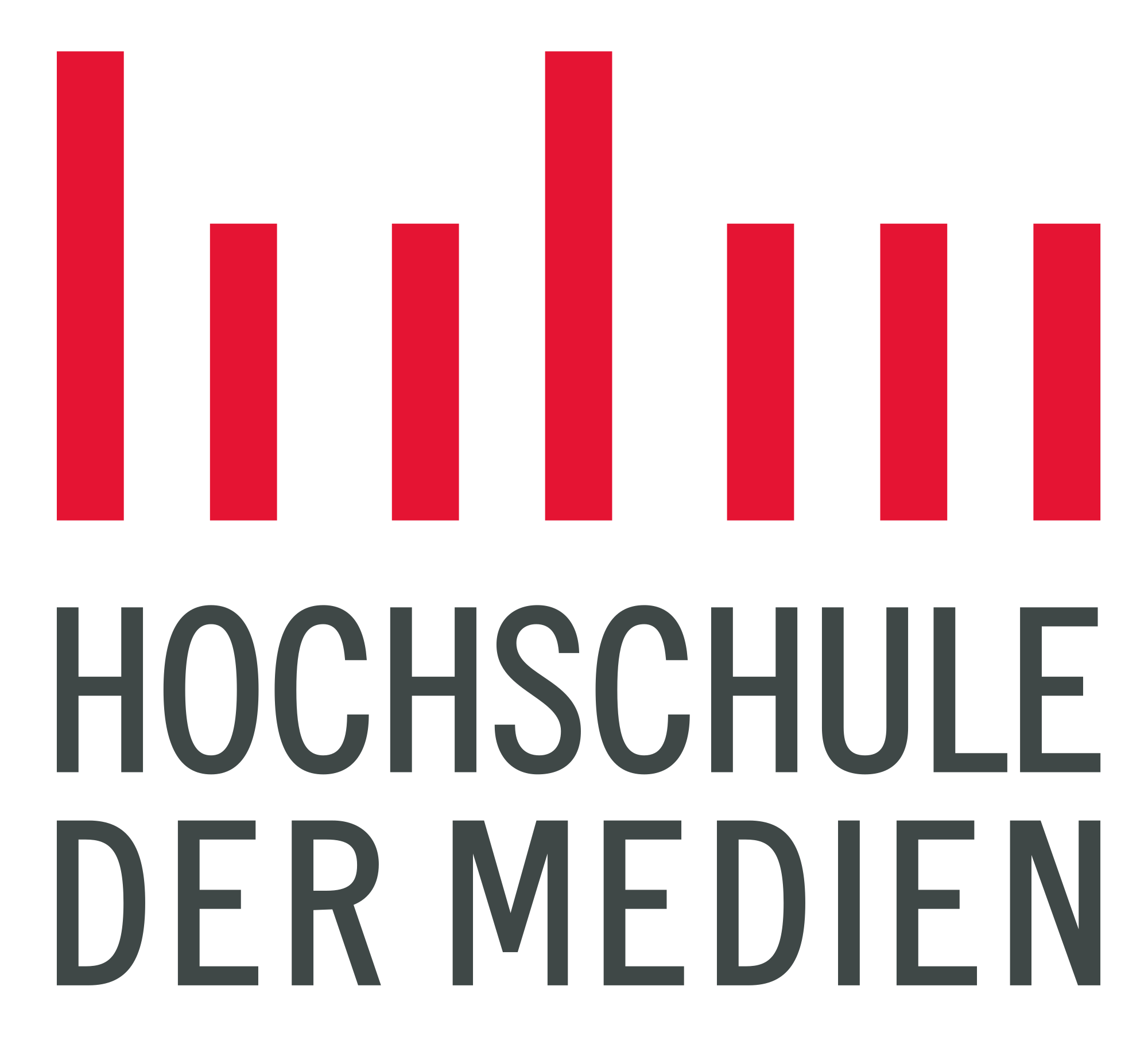A Real Mesh Of Relations!
“My name is Fionn Heron and I come from San Francisco. I learned how to screen print a few years ago at City College of San Francisco, and since then I have been running a small textile screen printing collective. I feel screen printing is one of the most useful processes in this industry because of its versatility and portability. I hope to create elaborate art reproductions, yet I am excited to research and produce printed electronics as well. After attending a visual arts program last year in Canada, I realized that a technical understanding of machinery is imperative for a successful career.”
The stencil technology that is the “heart” of the present Screen Printing technique is very old, used already in cave paintings 10,000 B.C. Screens comprising of stencils held together by threads were commonly introduced for decoration of clothing in East Asia sometime in the late 18th century. Modern Screen Printing started in the western countries around 1900 and made great developments until now. It is a printing technique whereby ink is transferred through a mesh of threads or wires onto a substrate, except in areas made impermeable to the ink by a blocking stencil.
In flat bed screen printing first a floodbar is moved across the screen to fill the open mesh apertures with ink, followed a reverse stroke with a squeegee then causes the screen to touch the substrate momentarily along a line of contact. This causes the ink to wet the substrate and be pulled out of the mesh apertures as the screen springs back after the squeegee has passed.
There are four common types of screen printing presses. The ‘flat-bed’, ‘flat form cylinder’, ‘rotary’ and ‘in the round’ presses. While the public mostly thinks of garments in conjunction with screen printing, the technique is used on tens of thousands of items, including decals, glass and ceramics, automotive dashboards, clock and watch faces, balloons, and many other products. The technique has even been adapted for more advanced uses in functional printing, such as laying down conductive lines in solar cells or antennae. Combined with resistors in multi-layer circuits using thin ceramic layers as the substrate (LTCC motor control units). It also applies to sensors, batteries and many more functional features.
Our university features several screen printing machines, both manual and automatic, as well as a round surface machine. Students often use them for their own projects, mostly shirts and bags. Apart from this, it also features a lab we use for research on printed electronics.
INNOVATIVE APPLICATION OF PRINTING TECHNOLOGIES (IAD)
www.hdm-stuttgart.de/iad
